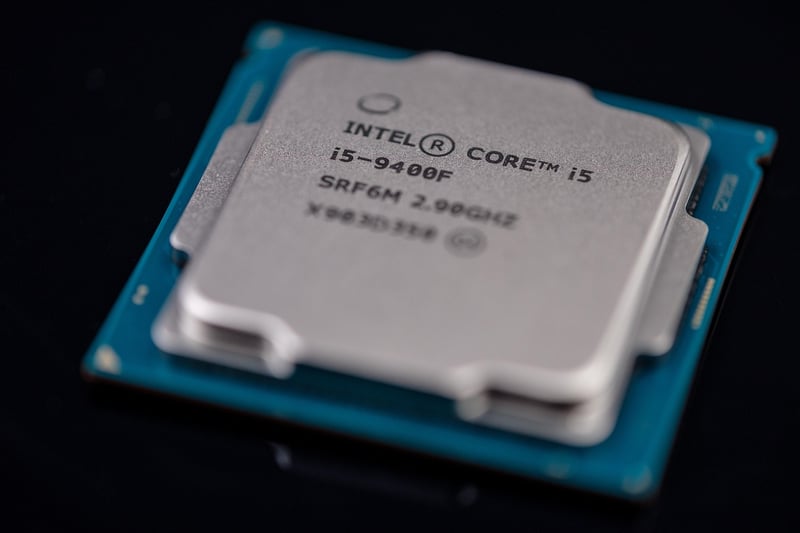Undercover Intel
The Art of Surreptitious Communication in Undercover Intelligence Operations
Undercover intelligence operations often rely on surreptitious communication to maintain secrecy and gather critical information. Mastering the art of covert communication is essential for operatives to effectively carry out their missions while avoiding detection.
Types of Surreptitious Communication
There are various methods of surreptitious communication used in undercover intelligence work:
- Dead Drops: A method where information, documents, or items are left at a secret location for another party to pick up.
- Steganography: Concealing messages within other seemingly innocuous communications or images.
- One-Time Pads: Using a random key to encrypt and decrypt messages, making them nearly impossible to crack.
- Signal Systems: Employing pre-arranged signals or codes to convey messages in plain sight.
Challenges and Risks
While surreptitious communication is a powerful tool, it also comes with inherent challenges and risks:
- Interception: The risk of messages being intercepted by adversaries or unintended parties.
- Decryption: The complexity of encryption methods may lead to difficulties in decrypting messages when needed.
- Compromise: Operatives must constantly ensure that their communication channels are not compromised or under surveillance.
Best Practices for Undercover Operatives
To mitigate risks and ensure effective communication, undercover operatives should follow these best practices:
- Use multiple communication channels to avoid reliance on a single method.
- Regularly change encryption keys and communication protocols to prevent patterns from being detected.
- Practice operational security (OPSEC) to minimize the risk of compromise.
- Establish clear protocols for emergency communication and contingencies.
Conclusion
Mastering the art of surreptitious communication is essential for undercover operatives in the world of intelligence work. By understanding the various methods, risks, and best practices, operatives can enhance their communication skills and operate more effectively in covert environments.
Image Source: Pixabay - Spy Image

